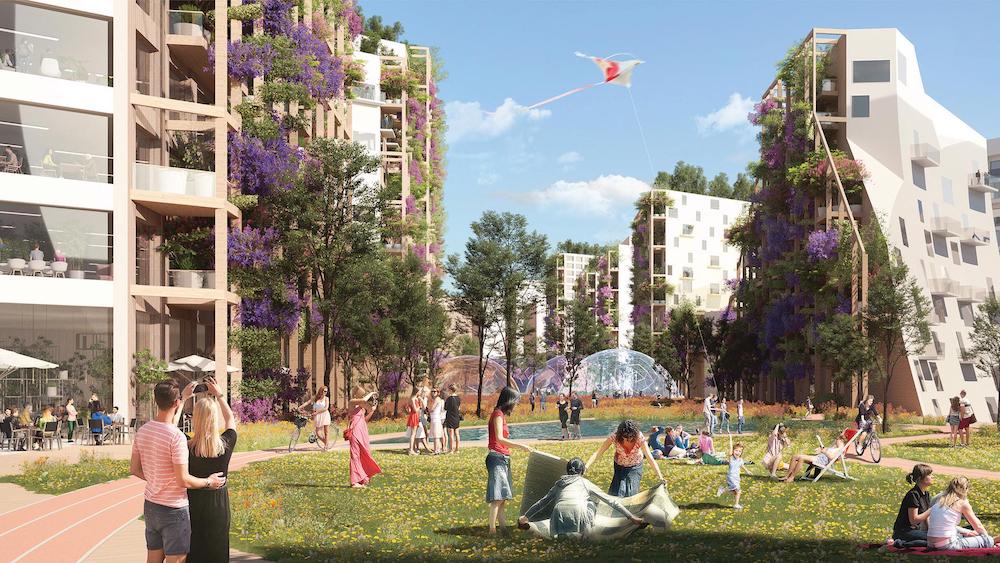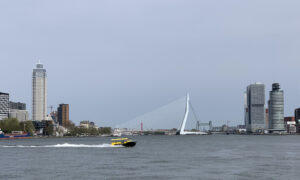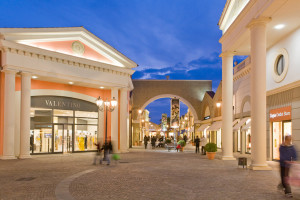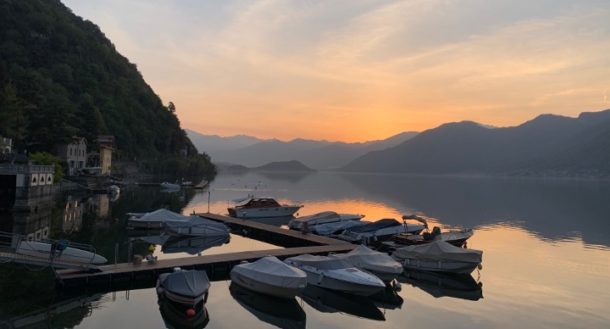(Editor’s note: If you’re a highly skilled international, jobs are easy to find in 2022. Housing? Not so much. This Tech Tuesday post is dedicated to taking a look at some of the biggest residential real estate projects in Europe, where housing has gone from expensive to nearly unobtainable just since we founded Dispatches in 2016.)
The commonality for all expats is Europe’s housing shortage, which is, of course, most acute in the cities with the most dynamic economies and, by extension, the most career opportunities.
Everyone expected the pandemic to crash Europe’s economies. But in fact, construction and projects continued unabated. And a drive around our region of Germany, the Netherlands and Belgium shows Western Europe is booming.
Everyone wants to live in Amsterdam, which has multiple projects. Everyone wants to live in Athens, which has multiple projects. Everyone wants to live in Copenhagen, which has multiple projects.
So, we put together an overview of all the action from Greece to Sweden. In 2022, the most ambitious projects aren’t necessarily where you might assume they’d be.
Italy
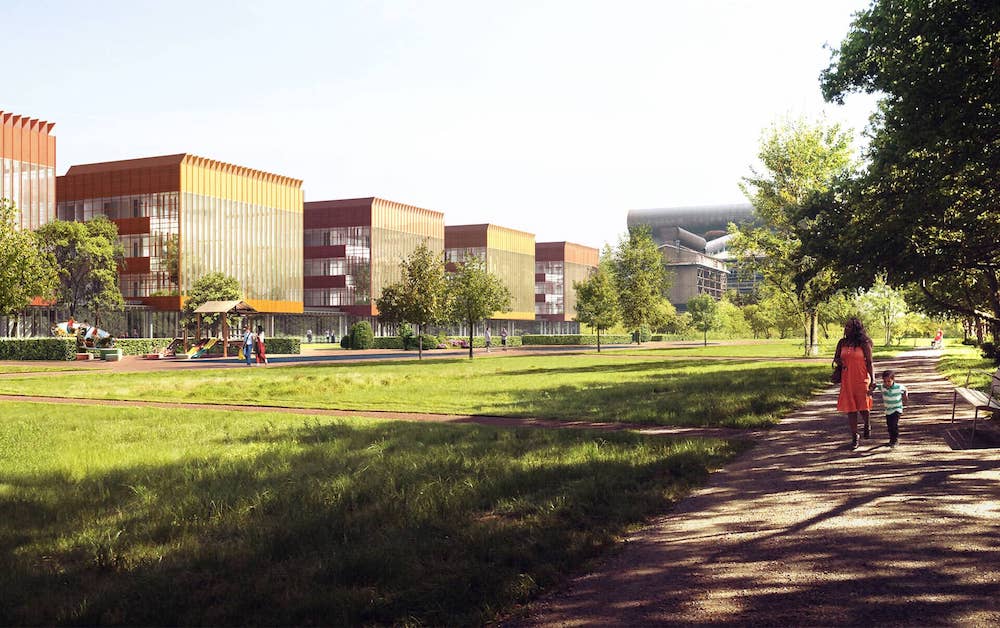
MilanoSesto, Milan
The biggest project in Italy is the MilanoSesto Mixed-Use Complex regeneration projects, valued at about 7 billion euros. London-based Foster + Partners is in the lead and Houston-based mega-developer Hines is funding the initial 500 million “Unione Zero,” which includes seven buildings covering 250,000 m2, or about 62 acres. So, yeah, this is real.
The project is a 1.4 million m2 mixed-use complex at Sesto San Giovanni in Milan. The site will accommodate more than 50,000 people – residents, city users and visitors – according to the Hines website.
Construction is scheduled to start in Q3 this year and is expected to finish in Q4 2026.
This project is happening at the same time as the planned reconfiguration of the Milan World Expo into the Milan Innovation District. Bloomberg CityLab has a great overview of this 4.5 billion euro project, including a fair appraisal of the likelihood that the MIND project likely won’t go exactly as planned because, well, this is Italy.
“Some of the initiatives — including details about housing and other facilities in planned mixed-use spaces — appear sketchy,” write Bloomberg reporters Flavia Rotondi and Chiara Remondini. The core concept of research labs, a startup accelerator and a science campus likely will happen. So, let’s say for fun that the whole thing gets done. That would add enough housing and workspace for 60,000 people, including accommodation for 3,000 students, according to the CityLab post.
Greece
Ellinikon Project in Athens
This is arguably the most ambitious real estate project in Europe. A short drive south from Athens lies a vast stretch of coastal property Greek officials are counting on not just to provide more housing but to play a major role in the country’s post-pandemic tourism recovery.
At the decommissioned Hellinikon airport, Greece’s signature redevelopment project is getting ready to move forward. The 8 billion euro ($9.6 billion) urban regeneration plan offers a combination of public parks, beachfront residences along the longest coastal park in Europe, high-end shopping and a commercial hub.
In terms of new housing, this plan by London-bases Foster + Partners won’t just add new homes but entire new districts with walkable, mixed-use neighborhoods on the Aegean Sea. You can see the masterplan here.
Greece has a lot riding on this project, an upgrade of the Athenian Riviera touted as having the potential to draw 1 million tourists and add 4.4 percent to the country’s economy by attracting “Swedish retirees, Saudi businessmen and digital nomads,” according to this post by Bloomberg CityLab. If all the pieces are built, it could add 75,000 jobs in a country that desperately needs them.
Lamda Development is the developer.
Netherlands
Dutch government officials announced last year they would invest 1 billion euros at the local level to facilitate more home construction. The public funding goes toward remediation of contaminated soil, expanding infrastructure to private construction sites and so forth.
Here’s what’s going on ….
Hyde Park Amsterdam/Hoofddorp Station Quarter
The Netherlands, particularly Amsterdam, has been in the crisis mode since 2016, and Amsterdam is one of the least affordable cities in the world. This is huge project by architect Winy Maas and MVRDV could help relieve some of the pressure. Hoofddorp Station Quarter will bring 8,500 new units online in multiple complexes encompassing 100 acres for people who want to live in the Greater Amsterdam area, in this case on the west side of Schiphol Airport near Hoofddorp Station. That includes 233 high-end apartments in Hyde Park starting at about 450,000 euros. Which is pretty much the price for starter homes here now.
You can see what’s available at Hyde Park here.
The MVRDV projects are only part of the 15,500 city homes planned around Hoofddoorp station.
It’s four minutes by train from Schiphol and about 20 minutes from Amsterdam Centraal Station.
Hyde Park is a joint venture of Snippe Projecten B.V. and IC Netherlands B.V
Cruquius in Amsterdam
Living on the water is increasingly popular as Amsterdam has run out of undeveloped land and is now redeveloping former industrial districts. Cruquius, in the docklands on the eastern edge of the centrum, is marketed as a “city island,” and its big selling point is that it’s minutes by bike from most of Amsterdam’s attractions. That and it’s a very groovy place to live.
A number of new buildings and refits are complete and sales just started. Designs range from tiny lofts to three steel wine silos converted into homes to 2 million euro penthouses.
De Zalmhaven in Rotterdam
This multi-building project is directly on the Maas River in Centrum and adjacent to the famous Erasmus Bridge linking to Feijenoord. De Zalmhaven is a standout in a city full of exceptional buildings simply because the complex claims the tallest building in the Netherlands.
The tower, due to be finished this year, has 60 floors that include 256 housing units, offices, a restaurant, roof garden, car park and fitness center. All together, the three buildings will include 452 apartments, 33 townhouses and commercial space and offices.
Germany
Of all the cities in Europe, Berlin might be the housing market with the most dramatic housing shortages. While Germany as a whole is building office buildings at breakneck speed, Berlin is not making huge progress toward alleviating that demand-side pressure, but there are projects on the planning boards.
“In the medium term, we need some 200,000 additional apartments,” Berlin Housing Senator Sebastian Scheel said, adding that half of those apartments should be built by the public sector and subsidized under social housing rules.
At Berlin’s former Tegel Airport, closed in November last year, the city’s authorities are planning to build more than 5,000 apartments. Government officials also are looking at whether they can build social housing at the former Tempelhof Airport in the heart of the city.
But in terms of new housing coming online, ongoing projects are few and far between.
They include:
• Irmtraud-Morgner-Str. 8-16 und 9-15 in the Karlhorst district on the edge of Berlin has 366 residential units (252 of which are publicly subsidized) scheduled for completion this year. But these are tiny … 24 m2, or about 260 square feet.
• Märkisches Quartier Redevelopment in Berlin includes a residential tower with 330 units in the midst of a large mixed-use complex with retail and offices. Construction work started 2021 and is projected to be completed in Q4 of next year. The project is valued at about 235 million euros.
Sweden
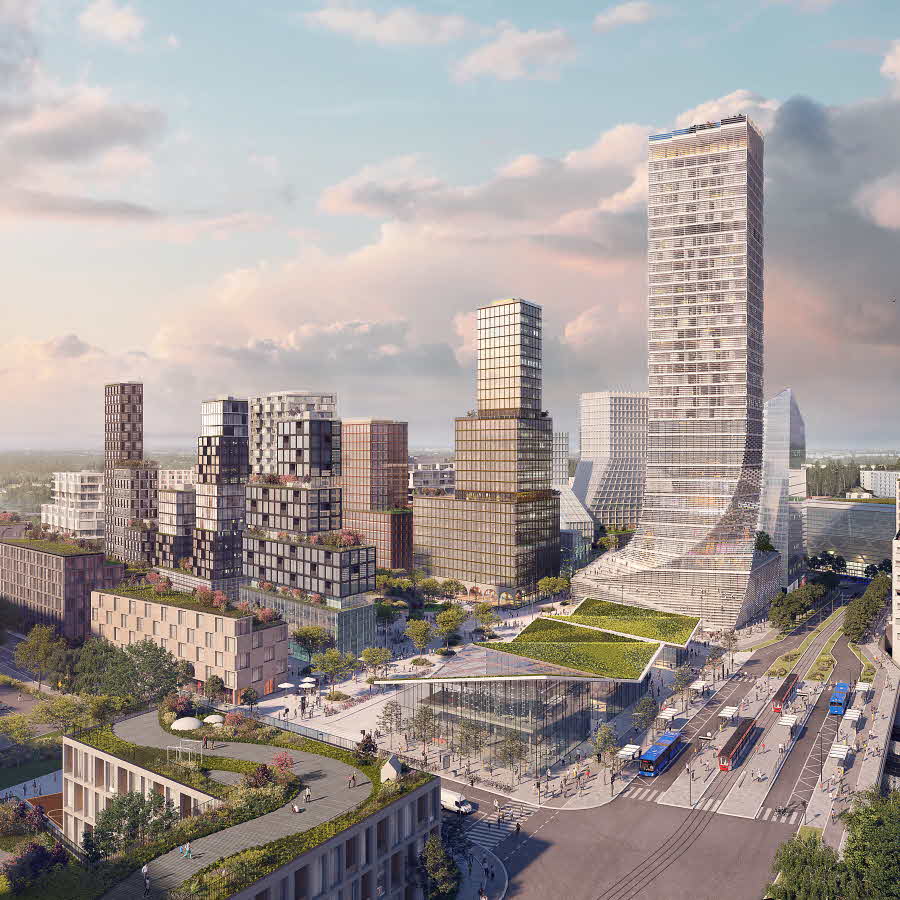
Flemingsberg
Stockholm, like Copenhagen, Amsterdam and Dublin, has way more people than places to put them. So, Swedish officials are pursuing planned construction projects through 2040 within the Stockholm region worth a projected 111 billion euros.
The most ambitious is the 2.8 billion euro redevelopment of Flemingsberg, which includes the Stockholm South Business District. The plan is to build 12,000 new homes along with all the amenities that make life in Sweden so swell. Fabege is the developer, and their website states the vision for Flemingsberg is 50,000 workers, 50,000 residents and 50,000 daily visitors in the area.
Here are the details on two other projects:
• Barkarbystaden, with 4,400 housing units.
• Ulleråker, with 7,000 new homes.
Wendelstrand
This project is turning an old quarry into a new 1,000-home mini-city outside Gothenberg with schools and senior living facilities. Unlike the other projects on this list, the focus here is sustainability. The Lake house and 20 percent of homes are due to be completed by 2024.
Denmark
Nordhavn
We’ve been talking about Nordhavn in Copenhagen since 2016. Construction started in 2009, and now this former abandoned shipyard is the city’s most expensive district in the city, with housing going for a breathtaking $9,000 per square meter on average. The goal over the next 50 years is to convert a large section of Copenhagen’s port into a collection of inviting urban neighborhoods, with as many as 40,000 residents. So, if you’re into Keynsian economics, you have to believe prices are bound to stabilize.
The Nordhavn vision is a community built on a “five-minute principal,” where it will take no more than five minutes for residents to reach schools, daycare facilities, groceries and the metro. And, of course, Copenhagen’s metro has been extended to serve the district. This is another big public-private project planned over the next decade. It is 95-percent owned by Copenhagen government and 5 percent by the Danish government. Private contractors are slated to build what’s billed as a 200-hectare “Sustainable City of the Future” through 2025. Nordhavn overlooks the Oresund Strait separating Denmark from Sweden.
You can see all the details here.
Lynetteholmen
If all your buildable land is built and you still have a housing crisis, then you’d better create more. Shades of the Dutch, Lynetteholmen will be a giant island in Copenhagen harbor that will be home to 35,000 people as well as protecting the port of Copenhagen from rising sea levels. Construction just started and won’t be completed until 2070 if it gets completed at all. The developer is under fire for trying to stick the government with the full 20 billion euro cost of the project, which is already 200 million Danish kroner, or about 27 million euros, over budget. And environmentalists also oppose it.
See more here about real estate in Europe here in Dispatches’ archives.
Co-CEO of Dispatches Europe. A former military reporter, I'm a serial expat who has lived in France, Turkey, Germany and the Netherlands.


